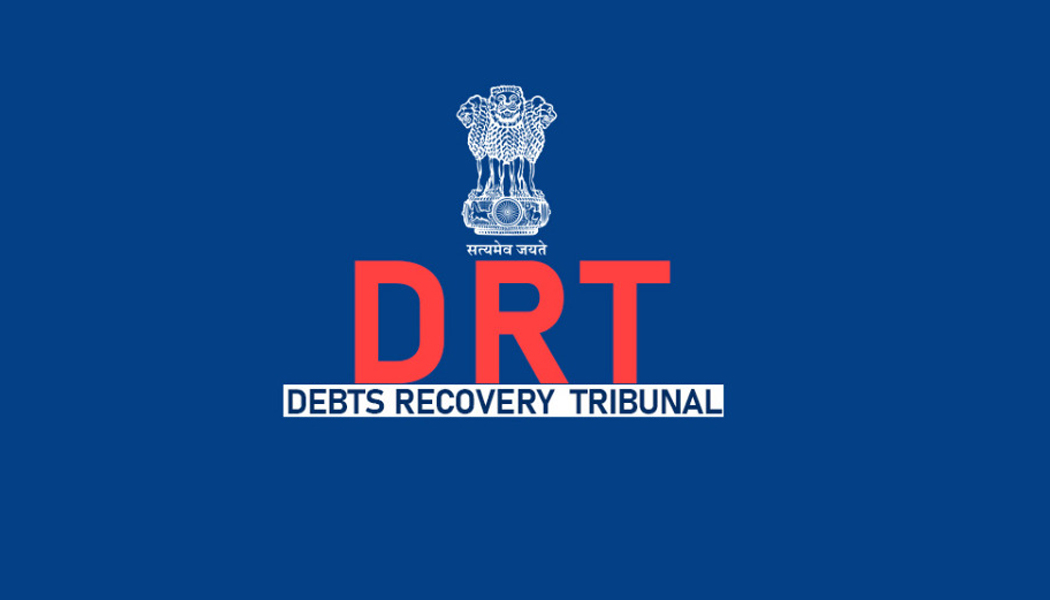
Sarfaesi Notice Under Section 13(2) and 13(4) of Sarfaesi Act-Overview
Sarfaesi Notice Under Section 13(2) and 13(4) of Sarfaesi Act-Overview
Title: Understanding Sarfaesi Notice under Section 13(2) and 13(4) of Sarfaesi Act: Insights from a DRT Lawyer
Introduction:
The Securitization and Reconstruction of Financial Assets and Enforcement of Security Interest (Sarfaesi) Act, enacted in 2002, empowers banks and financial institutions to recover non-performing assets efficiently. Sections 13(2) and 13(4) of the Sarfaesi Act play a crucial role in the enforcement of security interests. As a DRT (Debt Recovery Tribunal) lawyer, it’s essential to grasp the intricacies of issuing a Sarfaesi notice under these sections.
Section 13(2) – Issuance of Notice:
Under Section 13(2) of the Sarfaesi Act, when a borrower defaults on repayment, the secured creditor is authorized to issue a notice to the borrower. This notice serves as a crucial communication, formally informing the borrower about the default and providing a 60-day window to rectify the payment.
The notice must contain specific details, including the amount due, the nature of the default, and the secured assets intended for enforcement. As a DRT lawyer, meticulous drafting of this notice is vital, ensuring compliance with statutory requirements and safeguarding the interests of the lender.
Section 13(4) – Possession of Secured Assets:
If the borrower fails to remedy the default within the stipulated 60-day period mentioned in the Section 13(2) notice, the secured creditor can proceed to take possession of the secured assets under Section 13(4). This step marks a critical juncture in the enforcement process.
As a DRT lawyer, it’s imperative to guide clients on the proper procedure for taking possession, ensuring adherence to legal norms. This includes engaging with authorized officers, taking inventory of the secured assets, and maintaining transparency throughout the process.
Legal Implications:
Understanding the legal implications of Section 13(2) and 13(4) is pivotal for a DRT lawyer. Non-compliance with statutory requirements can lead to legal challenges, making it essential to ensure that all aspects of the Sarfaesi notice are in accordance with the law.
Challenges and Strategies:
DRT lawyers often face challenges in enforcing Sarfaesi notices, ranging from borrower resistance to procedural intricacies. Crafting effective strategies to overcome these challenges is part of the legal expertise required in this domain. This may involve pre-emptive legal measures, negotiation, or robust representation in DRT proceedings.
Conclusion:
In conclusion, a DRT lawyer must navigate the complexities of Sarfaesi Act Sections 13(2) and 13(4) with precision. From drafting a comprehensive notice to guiding clients through the possession process, a thorough understanding of these sections is indispensable. Adherence to legal procedures, coupled with strategic approaches, ensures a seamless enforcement process, safeguarding the interests of both lenders and borrowers within the framework of Indian law.
Disclaimer: This information is for general awareness only and does not constitute legal advice. Please consult a qualified lawyer in Indore for personalized guidance based on the specifics of your case.
Adcocate J.S. Rohilla (Civil & Criminal Lawyer in Indore)
Contact: 88271 22304
